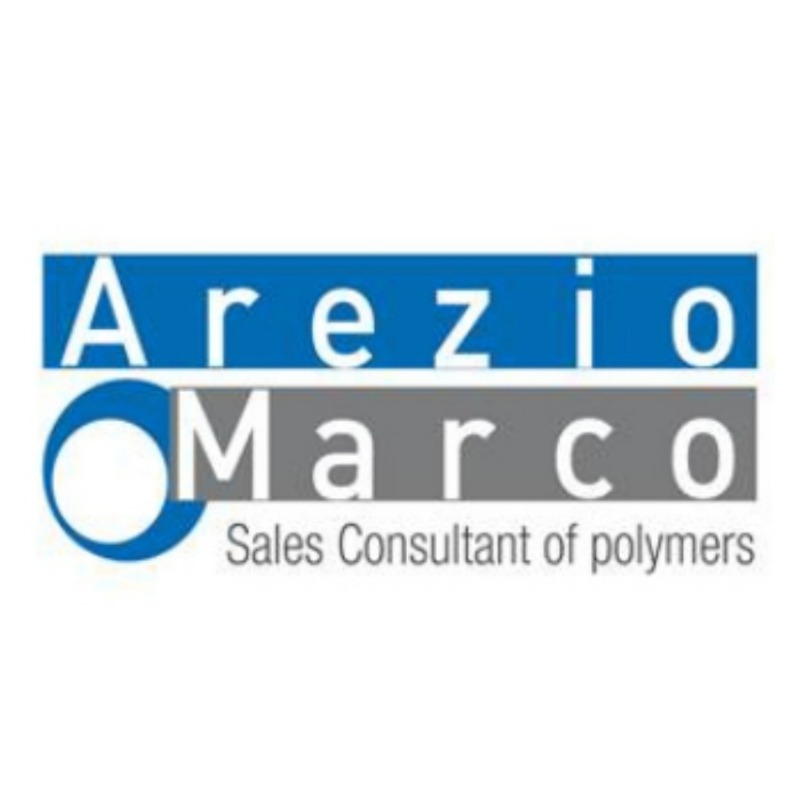
Code: 9959. How to Use Ion Mobility Gas Chromatography in Recycled Plastics to Trace Process and Raw Material Odors.
As we have extensively described in other articles, the world of recycled plastics, especially those that come from separate collection, defined by post-consumption, they have the problem of managing the odorous component that is established inside the recycled raw material.
Odors that come from the heterogeneous composition of the plastic in the collection phase, from the fermentation processes of the organic residues incorporated in the plastics to be recycled, from the washing water not managed in correct manner, from the degradation, during the extrusion phase of the granules, of plastics mixed with the main ones and of chemical substances absorbed by the containers during their packaging function, such as surfactants for example.
The production of recycled granules done without the chemical control of the incoming material, the control of the water and the extruded materials for sale, is like driving in the night with the lights off.
The commitment of company resources to purchase the raw material to be recycled, processing costs, logistics and sales costs, could be put at risk by '' impossibility of producing a raw material in recycled plastic that meets the expectations of the final customer in terms of odors.
The analytical control of odors in the input materials allows us to select suppliers, divide them by categories and draw up production recipes that take into account the odor footprint of the products inbound.
The same analytical control will be used to check the correct production process and formulation of recipes, not only from a technical aesthetic point of view, but also from an odoriferous one, to giving the final customer an extra quality that is increasingly sought after by the market.
And, finally, the commercial can calmly propose a granule that has a license for the smell, not questionable or questionable through other noses, especially from those who are employees in the purchase of the granule produced, but through a certainty provided by a chemical analysis of the odorous components present in the product.
How does this laboratory technology work? Dr. Rossini explains it to us:
The technology underlying the instrumentation we are talking about is the GC IMS (Gas Chromatography with ionic mobility).
This technology applies to volatile organic substances originating from a static headspace generated under standardized conditions.
A chromatographic gas column allows the preliminary fractionation of the volatile substances introduced before entering the heart of the instrument.
The heart of the instrument is made up of a 9.8 cm metal tube inside which an electric field of 5,000 Volts is created; the volatile substances from the chromatographic column are ionized by a source containing tritium (a low intensity radioactive substance).
The ionization process takes place at ambient pressure and is based on the interaction between the water present in traces in the nitrogen gas which acts as a "carrier":
The chemical-physical process of ionization is such that volatile organic substances such as alcohols, aldehydes, ketones, carboxylic acids, aromatic compounds, amines, thiols, halogenated compounds , etc, are electrically charged and therefore made detectable by the Faraday plate placed at the end of the flight tube.
The aforementioned substances are those responsible for the "odors" that are perceived by the human sense of smell: the "extreme sensitivity" of the detection system that reaches the level parts per billion (ppb).
The electronic nose is therefore made up of a GC IMS detector, coupled with an autosampler that has the task of heating the 20 ml glass bottles in which they are located the substances (liquid or solid) that develop the volatile substances.
The way to perform the analyzes is extremely simple, since there is no preparation of the product to be analyzed.
In the sector of recycled or recycled plastics it is really easy to prepare the samples and get the tests.
The analytical result consists of a three-dimensional diagram like a geographical map of the mountains: the "geographical map" indicates the elution time from the chromatographic column, the flight time and signal strength of each individual volatile organic substance.
This instrumentation therefore allows you to compare in an "objective" way the recycled plastics that emit volatile organic substances perceptible to the smell.
Origin: Italy
Category: Machines and molds - electronic nose - odor control - laboratory test machines
If you are subscribed to rMIX contact the company, if you are not, subscribe by choosing the contract you prefer.